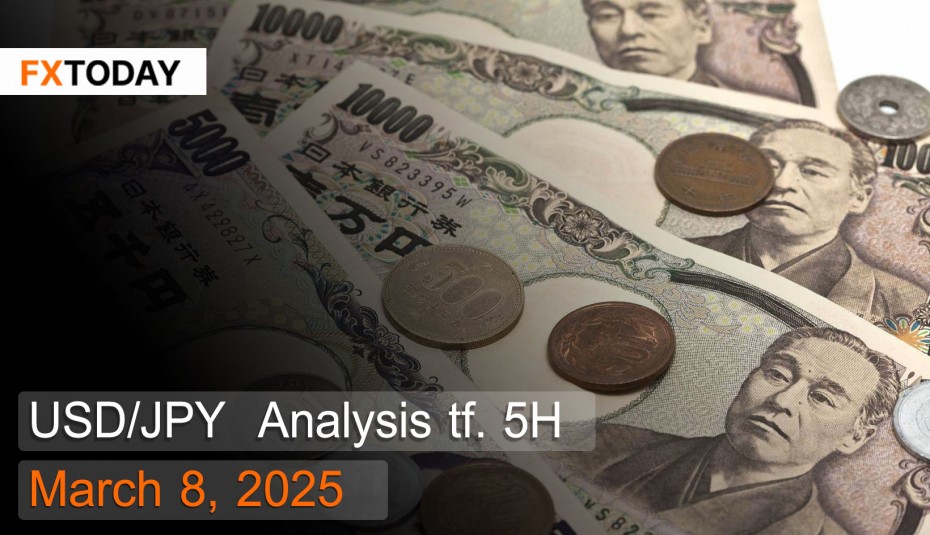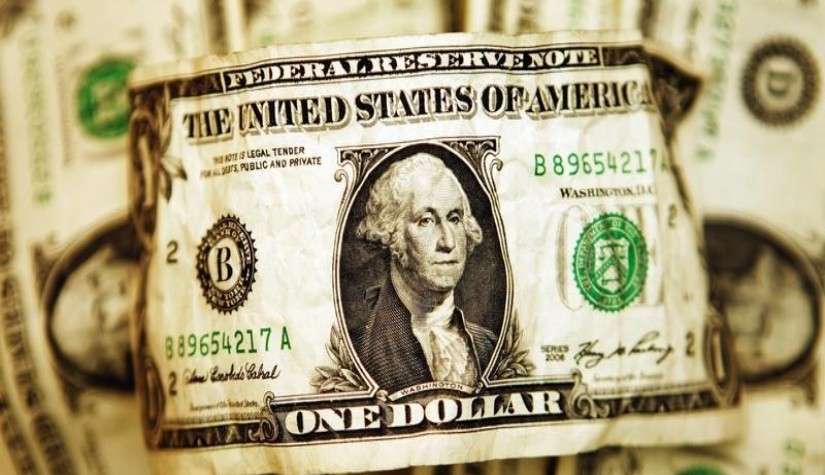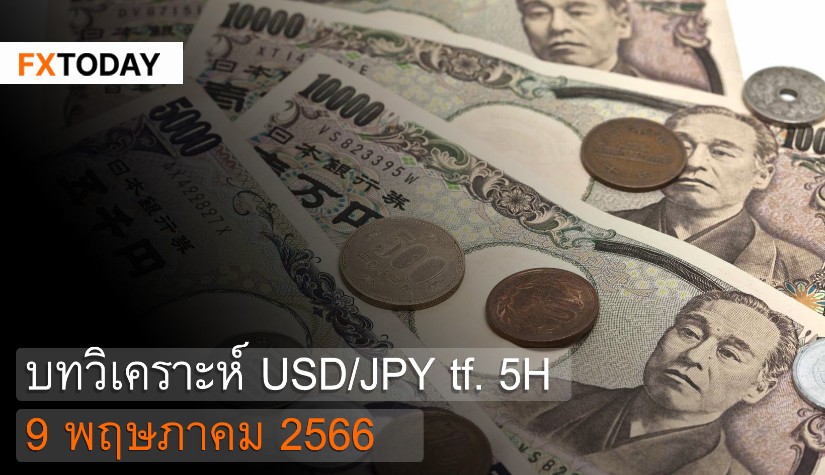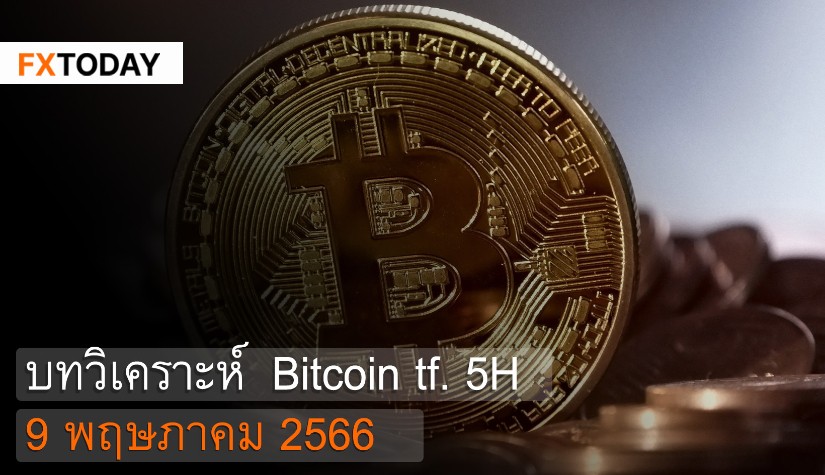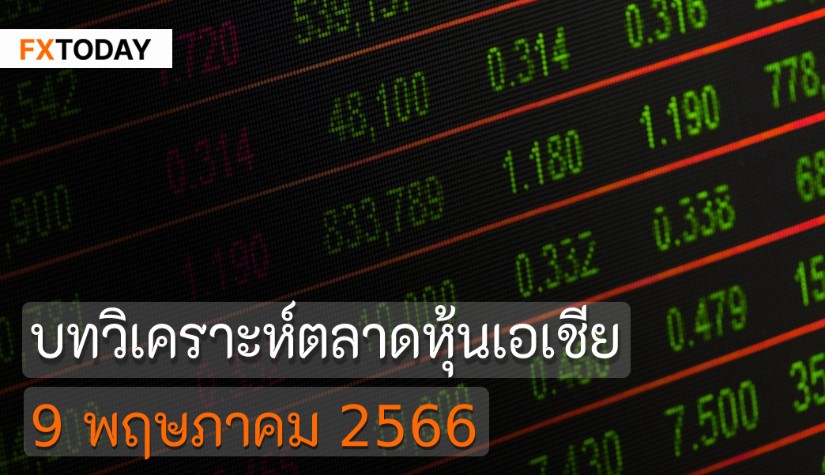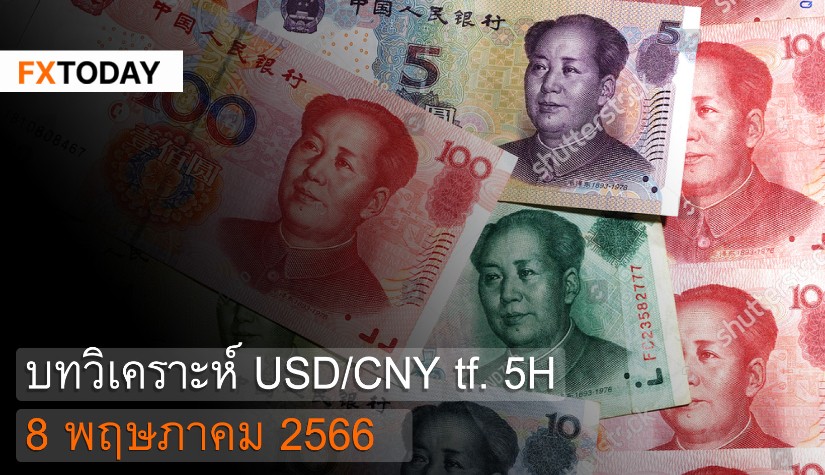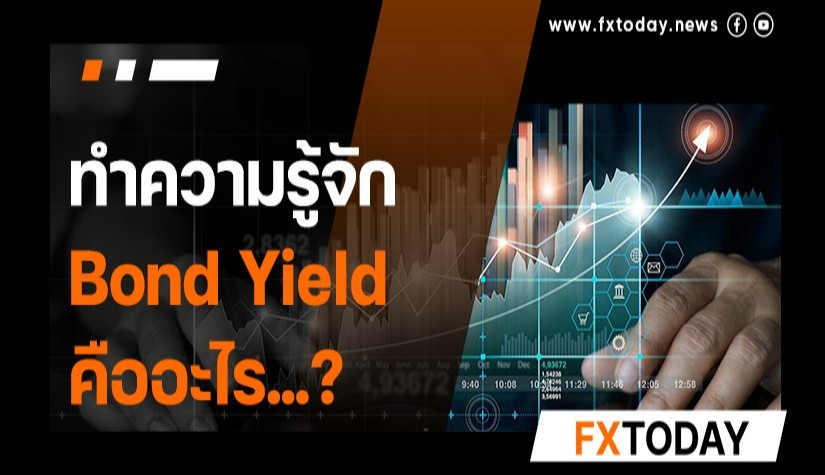Japan poised to end loose monetary policy.
The Japanese yen has strengthened once again as investors seek to diversify risks and acquire more safe-haven assets. This shift is driven by the escalating global trade war and ongoing uncertainty regarding tariff policies. These concerns have sparked fears about potential economic repercussions in the United States, leading some investors to convert their holdings from U.S. dollars to yen. Regarding Japan’s economy, the Bank of Japan is expected to raise interest rates further following its official announcement to exit its long-standing loose monetary policy. However, any rate hikes must be carefully managed to avoid excessive disruption to the overall economic system.
Japan’s Minister of Economy, Ryosei Akasawa, stated that the country is preparing to officially declare an end to deflation and halt the use of special loose monetary policies. This marks a significant and historic shift, which could influence the timing of the Bank of Japan’s next interest rate hike. He emphasized that four key indicators Consumer Price Index (CPI), GDP, labor costs, and productive capacity must all show positive trends to align with the new policy. Additionally, the Bank of Japan must maintain inflation above the 2% threshold sustainably to support economic growth. Some analysts believe that sustaining inflation above 2% could enhance Japan’s global competitiveness.
The Bank of Japan is currently considering additional interest rate hikes but may not need to accelerate the process yet, as core inflation has not yet reached the central bank’s 2% target. Shinichi Uchida, the Deputy Governor of the Bank of Japan, warned that raising rates too quickly could dampen domestic economic activity and hinder wage growth, potentially leading to a return of deflation. He reaffirmed that the central bank will increase rates gradually, ensuring the economy can adjust smoothly alongside higher borrowing costs to maintain long-term economic stability. Projections suggest that core inflation may reach approximately 2% between October 2025 and March 2027, driven by continued wage growth.
The core Consumer Price Index (CPI) for Tokyo rose 2.2% year-over-year in February, slightly slowing from 2.5% in January. Despite this slowdown, February’s inflation rate remained above the Bank of Japan’s 2% target for the fourth consecutive month, reinforcing investor expectations that the central bank will adopt tighter monetary policies in response to persistent inflationary pressures. In January, the Bank of Japan raised interest rates from 0.25% to 0.5% and adjusted its inflation forecasts higher, signaling potential further rate hikes.
Japan’s services sector PMI rose to 53.7 in February, marking a new high since last year and expanding for the fourth consecutive month. The sector’s growth was primarily supported by a sharp increase in business export sales, leading companies to increase employment levels for the 17th consecutive month, albeit at a slightly slower pace. However, production costs have risen due to higher labor, fuel, and raw material expenses, keeping prices for goods and services elevated.
Meanwhile, Japan’s manufacturing PMI remained steady at 49 in February, with production declining for the sixth consecutive month, though at a slower pace. New orders have continued to contract since June 2023, largely due to weaker demand from abroad, particularly from the U.S. and China. As a result, overall exports have declined and are expected to decrease further in the future. At the same time, production costs have accelerated and remain above the long-term average, prompting manufacturers to implement modest price increases.
Techical analysis data (5H)
Resistance: 148.35, 148.73, 149.43
Source: Investing.com
Buy/Long 1: If the price touches support in the price range of 146.57 - 147.27 but cannot break the support at 147.27, you may set a TP at approximately 148.73 and SL at around 146.19 or according to your acceptable risk.
Buy/Long 2: If the price breaks the resistance in the price range of 148.35 - 148.73, you may set a TP at approximately 149.43 and SL at around 146.57 or according to your acceptable risk.
Sell/Short 1: If the price touches resistance in the price range of 148.35 - 148.73 but cannot break the resistance at 148.35, you may set a TP at approximately 146.57 and SL at around 149.43 or according to your acceptable risk.
Sell/Short 2: If the price breaks the support in the price range of 146.57 - 147.27, you may set a TP at approximately 146.19 and SL at around 148.73 or according to your acceptable risk.
Pivot point March 8, 2025 08:47 PM. GMT+7
|
Name
|
S3
|
S2
|
S1
|
Pivot Points
|
R1
|
R2
|
R3
|
|---|---|---|---|---|---|---|---|
| Classic | 146.19 | 146.57 | 147.27 | 147.65 | 148.35 | 148.73 | 149.43 |
| Fibonacci | 146.57 | 146.98 | 147.24 | 147.65 | 148.06 | 148.32 | 148.73 |
| Camarilla | 147.68 | 147.78 | 147.88 | 147.65 | 148.08 | 148.18 | 148.28 |
| Woodie's | 146.35 | 146.65 | 147.43 | 147.73 | 148.51 | 146.19 | 149.59 |
| DeMark's | - | - | 147.47 | 147.75 | 148.55 | - | - |

